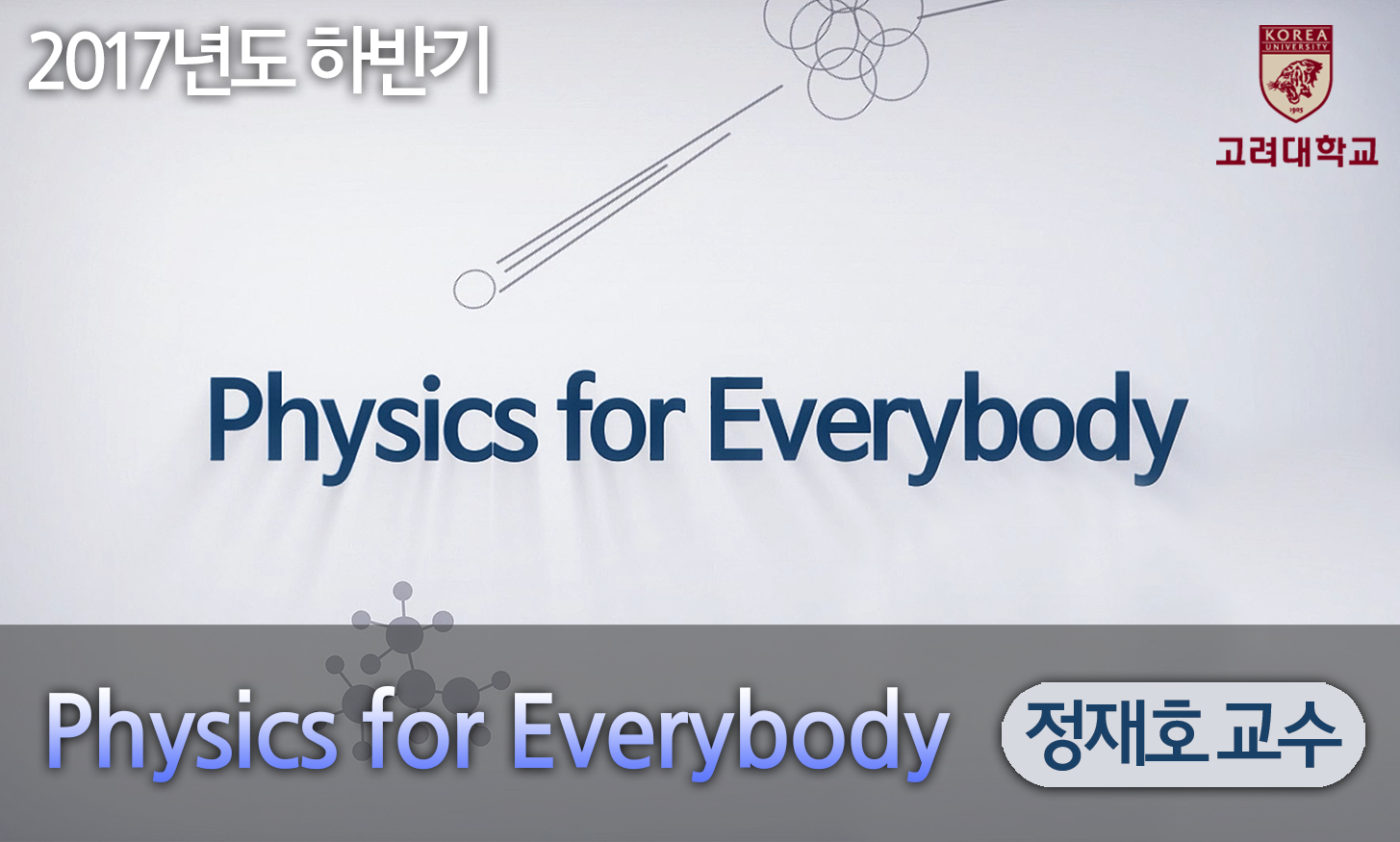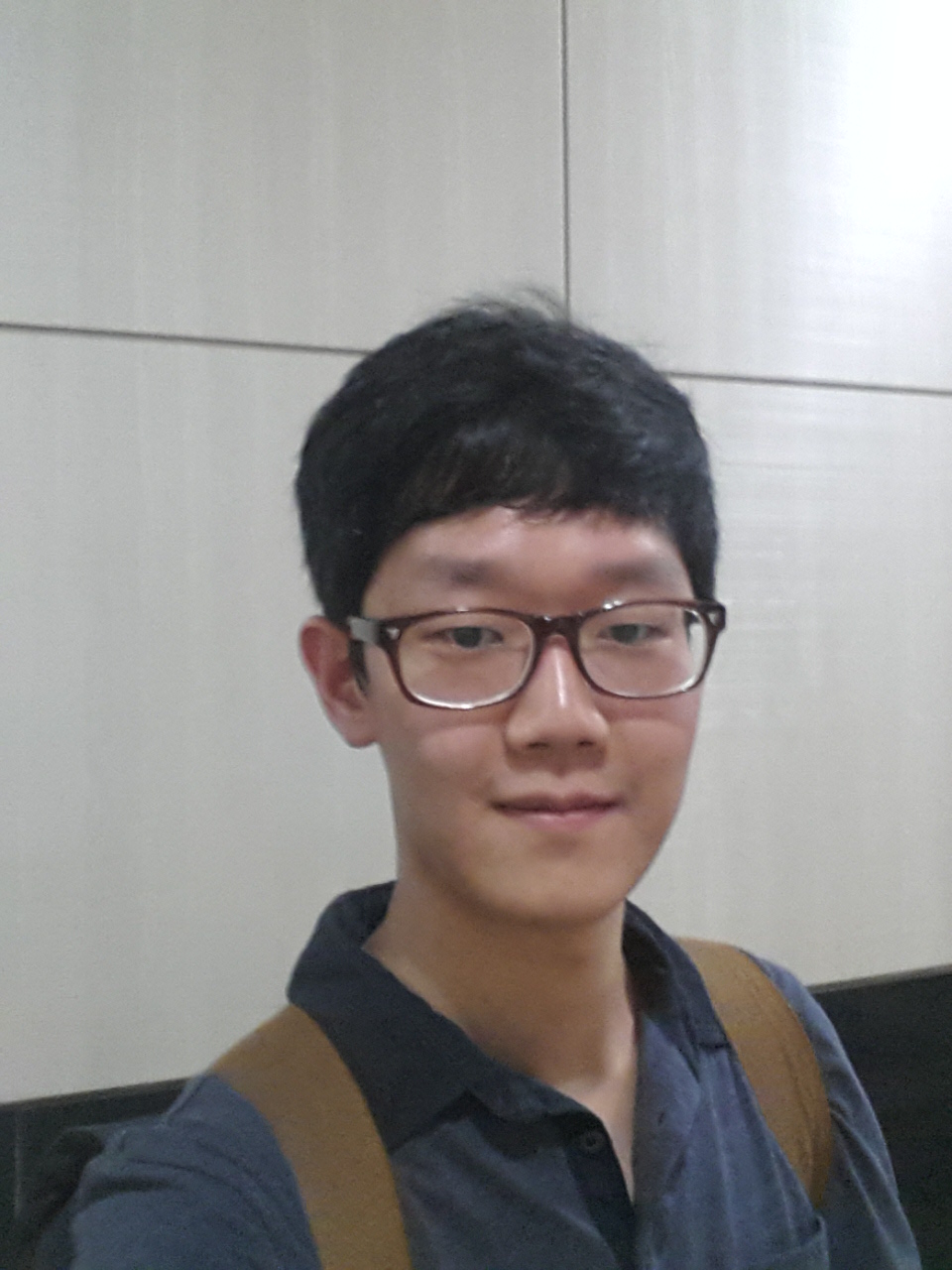Course Plan
| Week |
Lecture |
Open |
| 1Week |
1. What is physics and why do we study it? |
10/9 |
| 2. Why are experiment and theory equally important in physics? |
| 3. Numbers are important in physics! |
| 4. Two uncertainties in experimental data |
| 2Week |
1. Basics of trigonometry and logarithms |
10/16 |
| 2. Basics of differential and integral calculus |
| 3. Elementary statistics of average and standard deviation |
| 4. How can we do data fitting with theoretical model? |
| 3Week |
1. How was Europe before Newton? |
10/23 |
| 2. How was mathematics before Newton? |
| 3. Why is Newton so famous? |
| 4. How do hypotheses become laws by theories? |
| 4Week |
1. Basic quantities of motion |
10/30 |
| 2. How did Newton’s laws explain elliptical orbits? |
| 3. Why does an apple fall with constant acceleration? |
| 4. Which units do we use for physical quantities? |
| 5Week |
1. How to understand motions that repeat? |
11/6 |
| 2. What is an oscillation and how does it occur? |
| 3. How does a spring provide the simplest restoring force? |
| 4. How are rotations related to simple harmonic motions? |
| 6Week |
1. How Hooke’s law produces simple harmonic oscillation? |
11/13 |
| 2. How to measure simple harmonic motions? |
| 3. Why do old wall clocks have pendulums? |
| 4. How are meter, kilogram and second defined? |
| 7Week |
1. What are waves, and what types are there? |
11/20 |
| 2. What functions describe the simplest traveling wave? |
| 3. How is the traveling wave’s velocity determined? |
| 4. What kind of wave is the sound that we hear? |
| 8Week |
1. How is musical tone different from simple harmonic wave? |
11/27 |
| 2. How are musical tones mathematically related to each other? |
| 3. How do string instruments produce musical sound? |
| 4. How do we play wind and string instruments? |
| 9Week |
1. Once upon a time, what did they know about electricity? |
12/4 |
| 2. What is the force between electric charges? |
| 3. What is electric field and why do we need it? |
| 4. What are electrical current and electrical voltage? |
| 10Week |
1. How are magnets similar and different from electric charges? |
12/11 |
| 2. Long time ago, what did they think about magnets? |
| 3. How does magnetic field appear around electrical current? |
| 4. How can we make a magnet using electrical current? |
| 11Week |
1. What will happen if magnetic field changes with time? |
12/18 |
| 2. Why and how does the magnetic field induce electric field? |
| 3. Detailed look on Faraday’s law |
| 4. Can we make an electric guitar with Faraday’s law? |
| 12Week |
1. Long time ago, what did they think about light? |
12/25 |
| 2. How Newton and others disagreed on the nature of light? |
| 3. Can a bright spot appear at the center of a shadow? |
| 4. Why do we see repeating bright and dark patterns? |
| 13Week |
1. How do we understand interference from two slits? |
1/1 |
| 2. Can we observe light interference from just one slit? |
| 3. How can we measure the thickness of human hair? |
| 4. How can interference of white light result in colorings? |
| 14Week |
1. How fast is the speed of light? |
1/8 |
| 2. What is oscillating in light waves? |
| 3. What is the medium of propagation for light waves? |
| 4. Let’s try to find aether! |
| 15Week |
1. How can we explain Michelson-Morley’s observation? |
1/15 |
| 2. What will happen to time when speed of light is constant? |
| 3. What will happen to space when speed of light is constant? |
| 4. Finally, why does gravitational force appear? |










